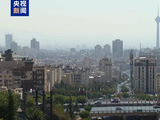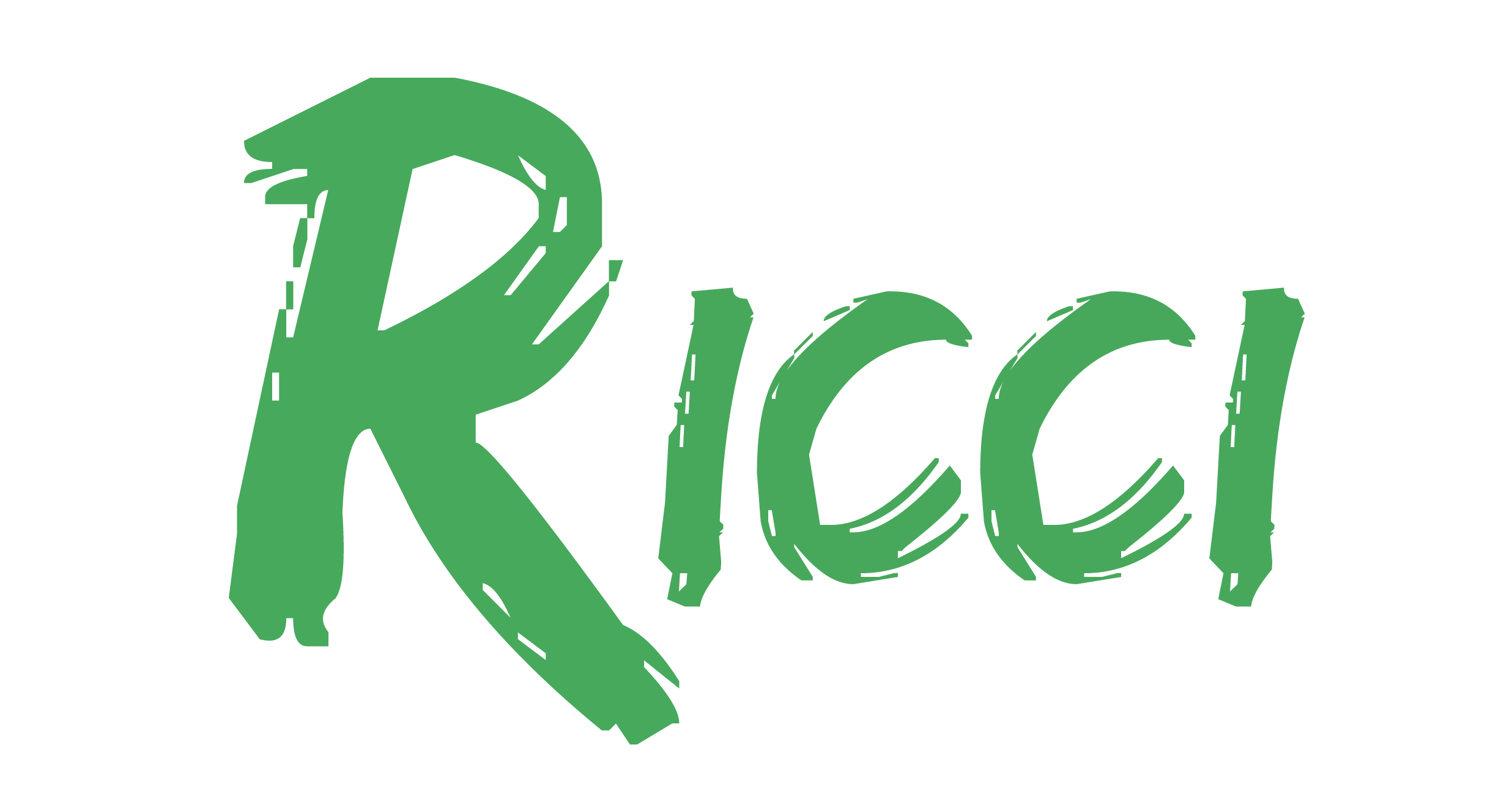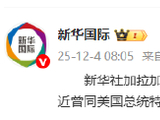Cultural Narratives in China; Renewed Sanctions on Iran; Drone Security in Europe; U.S. Military Summit Dynamics

Cultural Celebrations and Historical Narratives in China
Amidst the rich cultural tapestry of China, recent articles from various sources highlight how historical and cultural narratives are shaped and celebrated across different regions. CCTV reports on the annual Confucius Festival in Taiwan, emphasizing the deep roots of Chinese culture on the island. The festival, observed on September 28, draws large crowds to Confucius temples, showcasing traditional rituals and performances by local students. The article points out a dichotomy within Taiwanese society: while the public fervently embraces Chinese historical culture, political efforts to de-sinicize the island persist, attempting to separate 'Chinese history' from 'Taiwanese history'. This narrative suggests an ongoing cultural tug-of-war, reflecting broader geopolitical tensions.
In a different vein, another CCTV piece focuses on the archaeological achievements of the Chinese Academy of Social Sciences. It highlights recent discoveries that illuminate China's ancient civilizations, such as the findings in the Xiajiadian culture and the maritime trade center of Quanzhou during the Song and Yuan dynasties. These archaeological endeavors not only reveal China's historical depth but also serve as a narrative tool to assert China's cultural continuity and influence, reinforcing a sense of national pride and identity.
Meanwhile, the Chinese Foreign Ministry recounts a celebratory event in Ashgabat, marking the 76th anniversary of the People's Republic of China. The gathering, attended by local officials and international guests, underscores China's diplomatic efforts to strengthen ties and promote its global image. The event also featured an exhibition titled "Beautiful China," aiming to captivate attendees with the nation's cultural and scenic beauty, thereby fostering goodwill and mutual understanding.
Together, these articles illustrate how cultural celebrations and historical narratives are leveraged to foster national identity, influence international perceptions, and navigate the complex web of geopolitical relationships. Each publication, through its unique lens, contributes to a comprehensive understanding of how China presents its heritage and aspirations on both domestic and international stages.
Iran Sanctions: A Renewed Era of Pressure and Preparedness
The recent reinstatement of United Nations sanctions on Iran has sparked varied narratives across global media, reflecting differing intentions and perspectives on the issue. According to CCTV, the sanctions, originally in place before 2015, have been revived, with Western countries such as the UK, France, and Germany completing the 'rapid restoration' process. This development, according to Li Zixi, an assistant researcher at the Chinese Academy of International Studies, signifies increased international pressure on Iran, though the practical impact may be limited due to the nature of the sanctions evolving from unilateral to multilateral under the UN's name. This shift complicates Iran's ability to navigate and counteract these measures.
In contrast, Sina highlights Iran's military preparedness in response to the renewed sanctions. The report details statements from Iranian military officials, including General Mousavi, emphasizing the armed forces' readiness to counter any threat or aggression. This narrative focuses on Iran's defensive posture and national unity in the face of external pressures, underscoring the country's resolve to maintain sovereignty and integrity.
While both articles address the sanctions' reinstatement, CCTV's analysis leans towards the geopolitical and economic implications, with a focus on Iran's international relations and potential challenges in sustaining its cooperative ties with neighboring countries. Meanwhile, Sina adopts a more militaristic angle, portraying Iran's internal readiness and strategic responses to perceived threats. These varied narratives reflect the broader discourse on Iran's position in the global arena, balancing between diplomatic engagements and military fortitude.
Unmanned Aerial Vehicles Trigger Security Concerns Across Europe
Recent events show a surge in unidentified drone activities across multiple European countries, leading to heightened security measures and disruptions. According to CCTV, European airspace has been repeatedly infiltrated by drones, notably over Poland, causing military responses including the downing of several drones. The source of these drones remains contested, with Poland and NATO suggesting Russian involvement, a claim Russia denies. This incident has prompted discussions on Europe's security posture amidst ongoing tensions between Russia and Europe.
The news highlights that in Denmark, similar drone sightings have led to temporary airport closures, as reported by World Journal. In response to these incidents, Denmark has imposed a nationwide ban on civilian drone flights for a week, coinciding with an upcoming EU summit in Copenhagen. The Danish Transport Minister emphasizes the need for this precautionary measure to ensure public safety and prevent confusion between hostile and legal drones.
These developments indicate a broader recognition within Europe of the strategic importance of drones in modern military conflicts. CCTV's analysis suggests that the frequency of these drone incidents reflects an escalating arms race in unmanned technology, particularly exacerbated by the ongoing Russia-Ukraine conflict. The proposal for a 'drone wall' to counter such threats is under discussion, though economic, political, and technical hurdles remain significant.
In summary, the narratives from both CCTV and World Journal underscore a growing unease in Europe over aerial security, with each publication focusing on different aspects of the issue. CCTV emphasizes the geopolitical implications and military readiness, while World Journal highlights immediate security responses and regulatory measures. Together, these reports paint a picture of a region grappling with new technological threats in an already tense geopolitical landscape.
U.S. Military Leadership Summit Garners Global Attention
Recent events show that U.S. President Trump has decided to attend a high-profile military summit in Virginia, as reported by Sina. This gathering, initially organized by U.S. Defense Secretary Pete Hegseth, was intended for senior military leaders to discuss strategic issues. However, Trump's participation not only disrupted the original plans but also intensified security concerns surrounding the event.
The news highlights the scale of the meeting, with hundreds of U.S. military officials and personnel being summoned urgently. It appears that Trump's involvement might have added a political dimension to what was primarily a military-focused assembly. According to Liberty Times, the presence of such a large contingent of military leaders at Quantico is unprecedented.
These developments indicate a potential shift in focus, with the summit possibly addressing broader topics beyond military strategy, as hinted by the Liberty Times. The Washington Post's early disclosure of Trump's attendance underscores the media's role in shaping the narrative around such events.
It seems that the intention behind the coverage from both Sina and Liberty Times was to emphasize the significance of this rare gathering and Trump's unexpected involvement. While Sina focuses on the logistical and security challenges, Liberty Times suggests that the meeting could carry political implications, given Trump's recent domestic military engagements.



